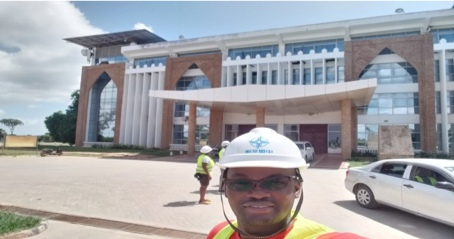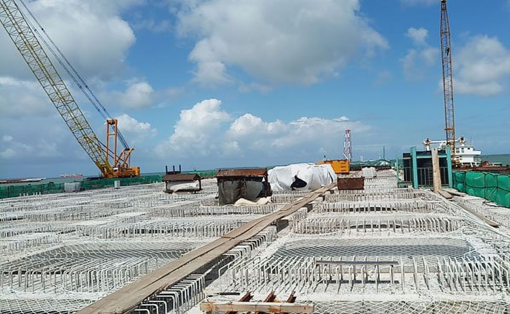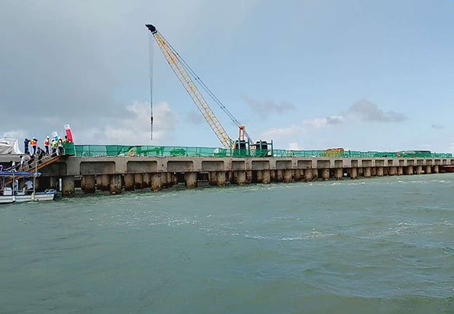Project by Solomon Njenga
Impact of Lamu Port on Mangroves and Community’s Response to Climate Justice in Lamu County, Kenya
The goal of this project is to study the climate-relevant impacts of the Lamu Port on mangroves and the local community’s resilience to climate change with the following purposes: to identify knowledge gaps; to recommend realistic policies and practical solutions to climate change; and, to identify pathways and adaptation approaches to climate change for urgent and appropriate action by the Lamu community, the government of Kenya, the international community, and other policymakers.
The specific objectives of the study are: to quantify the loss and degradation of mangrove along the Lamu Port; to determine socio-economic injustices posed by the Lamu Port to the community; and, to enhance Public-Participation-Framework (PPF) for climate justice in Lamu.
Solomon has partnered with a civil society organization – Climate Justice International in Kenya to pursue climate justice efforts in Lamu County, Kenya - http://climatejusticeinternational.org. Climate Justice International (CJI) is a community-based and not for profit civil society organization that works in Kenya and East Africa region. The vision of CJI is the liberation of vulnerable and indigenous coastal communities from environmental bondage through climate justice, ecology conservation, and stewardship.
Solomon is a research fellow at CJI with a special focus on Lamu port infrastructure and its implications to the community in pursuit of climate justice. He joined CJI at a time when mangroves, coral reefs, and fishing rights of local communities are under threat due to the ongoing construction of the Lamu port.

Solomon at the port construction at Manda Island, Lamu: Photo - CJI

Port construction at Manda Island, Lamu: Photo - CJI

Port construction at Manda Island, Lamu: Photo - CJI
These photos were taken by Solomon (pictured) in Lamu on December 2019 at the site where Lamu port construction is ongoing. Lamu port is a new deep-sea at Manda Island, Lamu County, Kenya. When complete, in 2030, the port will be the largest deep-sea port in East and Central Africa with cargo projected capacity of 40 million tons per year. Though good economically, the ongoing dredging of 32 deep-sea berths, 18m deep, 400m-long and the 6kms coastline with deep sheltered bay and wide channels 1.5km causeway on a 1,000 acres. The central purpose of this development is to reduce over-reliance on Kenya’s Mombasa as of Mombasa while at the same time opening Kenya’s largely under-developed north borderline, through the formation of a second transportation corridor. It is also expected to open up nosiness in Kenya and its northern neighbors of South Sudan and Ethiopia.

